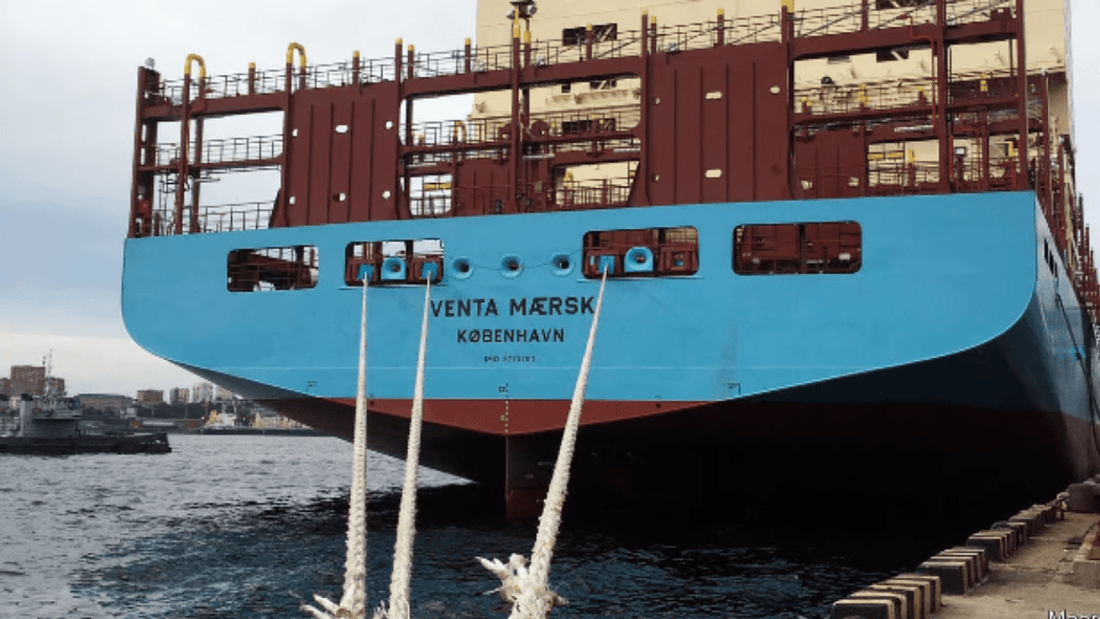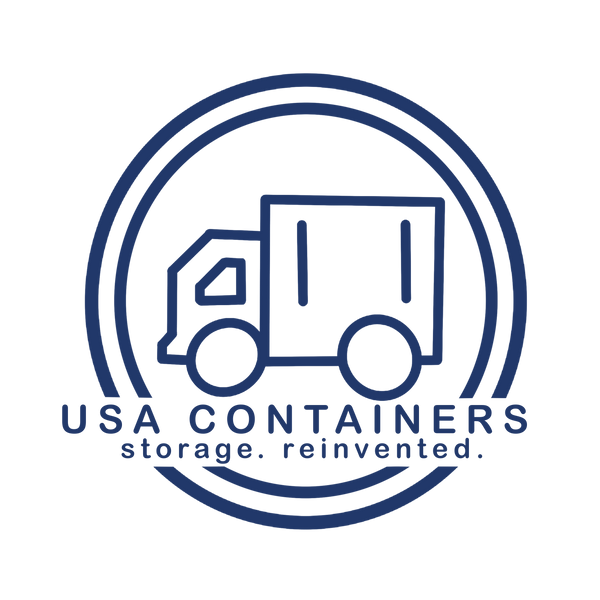
Why the Arctic Ocean Could Be the Future of Global Shipping
Share
Imagine cargo ships taking a shortcut over the top of the world instead of traveling through the congested Suez or Panama Canals. As climate change reshapes our planet, it’s also redrawing global shipping routes. The Arctic Ocean is thawing and with that comes a wave of opportunity.
Let’s dive into why the Arctic is capturing attention from the world’s largest shipping companies, what benefits and challenges lie ahead, and how this shift could change international trade as we know it.
The Ice Is Melting—And Opportunity Is Emerging
At the center of this development is the rapid retreat of Arctic sea ice. Over the past four decades, Arctic ice coverage has shrunk by about 13% per decade, according to NASA and the National Snow and Ice Data Center. Seasonal melting is now opening up new pathways, especially during the summer months.
There are two main Arctic routes generating buzz in the maritime world:
-
The Northern Sea Route (NSR) – This route hugs Russia’s northern coastline, connecting Europe and Asia. It's around 40% shorter than the traditional Suez Canal route.
-
The Northwest Passage – This path snakes through Canada’s Arctic Archipelago and connects the Atlantic and Pacific Oceans, offering an alternative route between Asia and North America.
Shorter shipping distances translate into quicker delivery, lower fuel consumption, and reduced emissions. For global shipping giants, that’s a game-changer.
Major Shipping Companies Are Paying Attention
Some of the world’s largest and most influential shipping companies are already exploring, testing, or investing in Arctic routes.
Maersk Line
Maersk, the world’s second-largest container shipping company, made headlines in 2018 when it sent the Venta Maersk through the Northern Sea Route on a trial run. While it was a one-time journey with an ice-class vessel and an icebreaker escort, it marked a significant milestone. Maersk has since expressed cautious optimism about the Arctic’s potential but emphasizes the importance of safety, sustainability, and long-term feasibility.
COSCO Shipping
China’s state-owned COSCO Shipping has been more active in Arctic exploration. Since 2013, COSCO has sent several vessels through the Northern Sea Route during summer months. China is keen on establishing a “Polar Silk Road” as part of its Belt and Road Initiative, and COSCO is leading the charge with increasing confidence and support from Chinese authorities.
MSC (Mediterranean Shipping Company)
MSC, currently the world’s largest container carrier, has taken a more conservative stance. While the company is aware of the Arctic’s strategic potential, it has expressed serious concerns about environmental risks. In fact, MSC signed a “Clean Arctic Alliance” pledge, committing to avoiding the use of heavy fuel oil (HFO) in Arctic waters, highlighting the industry’s growing divide between economic opportunity and environmental responsibility.
Other Stakeholders
Russian shipping firm Sovcomflot has taken the lead domestically, operating LNG tankers along the Northern Sea Route with support from Russia’s icebreaker fleet. Meanwhile, shipping and energy companies like TotalEnergies and Novatek are increasingly using Arctic paths to transport liquefied natural gas (LNG) from Russian Arctic ports to global markets.
Speed and Savings: The Arctic’s Appeal
For global logistics firms, time is money. Shipping from Shanghai to Rotterdam via the Suez Canal is about 12,000 nautical miles. The same route via the Northern Sea Route? Around 7,500 nautical miles. That’s up to two weeks saved on delivery time.
Quicker trips mean lower fuel consumption, fewer crew hours, and faster supply chain turnover—all of which can translate into millions in savings for large shipping companies. In an age where just-in-time delivery models dominate, that advantage is hard to ignore.
But It’s Not All Smooth Sailing
Despite the potential, Arctic shipping isn’t without serious challenges:
-
Harsh Conditions
Even in summer, the Arctic remains unpredictable. Sea ice can still pose risks, weather is volatile, and limited satellite coverage complicates navigation. Ships require specialized, ice-class hulls and often need icebreaker support. -
Sparse Infrastructure
Unlike the Suez or Panama Canals, the Arctic lacks deepwater ports, ship repair stations, and refueling facilities. A mechanical failure or environmental spill in these remote areas can quickly become a crisis. -
Environmental Risks
The Arctic is one of the most fragile ecosystems on the planet. Increased traffic raises the risk of oil spills, black carbon emissions, and disruption to wildlife. Environmental groups and Indigenous communities have voiced strong concerns about opening the region to heavy maritime traffic. -
Geopolitical Uncertainty
Arctic shipping lanes pass through or near territories claimed by Russia, Canada, and the U.S. Ongoing debates about sovereignty—especially over the Northwest Passage—could complicate route planning, insurance, and international cooperation.
The Future of Arctic Shipping
With the Arctic opening up more each year, shipping companies are starting to treat it not just as a novelty, but as a serious business consideration. While year-round Arctic navigation is still years away, seasonal routes during ice-free months are becoming increasingly viable.
Emerging technologies—like better ice prediction models, autonomous ships, and cleaner fuels—are also making Arctic operations more feasible and less risky. In the coming decades, Arctic routes may become a regular part of global supply chain strategies, especially for energy transport and time-sensitive cargo.
Early adopters like COSCO and Sovcomflot are already building the operational knowledge needed to thrive in this environment. Others, like Maersk, are watching closely and staying flexible. But all major players are aware that the Arctic could become a vital trade artery—one that might redefine global shipping.
The Arctic Ocean is poised to become a major player in the world of international shipping. Shorter routes, potential cost savings, and new trade opportunities make it a tantalizing prospect. Major shipping companies are already testing the waters—some cautiously, others more aggressively.
However, this alternative isn’t without obstacles. Navigating the environmental, technological, and political challenges of the Arctic will require international cooperation, innovation, and a commitment to sustainability.
Fill out the form below for a free shipping container quote from USA Containers:
